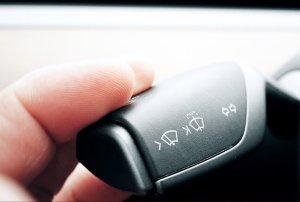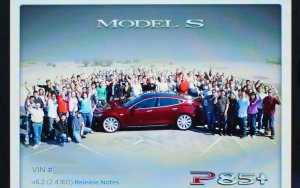Tesla Adds Beautiful New 3D Maps in Chinese New Year Update
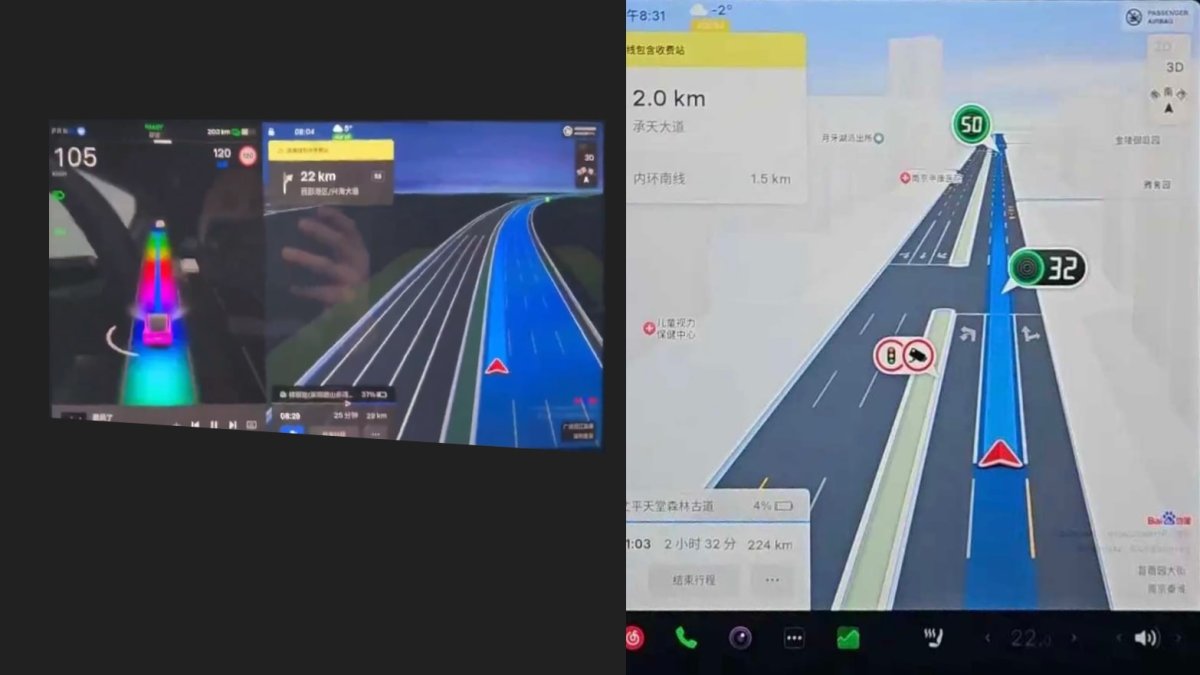
Tesla Adds Beautiful New 3D Maps in Chinese New Year Update
Tesla recently released a new update in China for the Chinese New Year. The update is version 2023.44.32 and introduces several new features that are debuting in China first. While some of the features may remain exclusive to the Chinese market, we're hopeful others will be adapted for use outside of China.
3D Maps
One of the biggest additions in the New Year update is the inclusion of new 3D maps. While Tesla relies on Google for a lot of map information that is used in most of the world, in China, Tesla leverages map data from the Chinese tech company Baidu.
The new 3D maps use a more zoomed-in view and include more detail such as the number of lanes on a road, lane markers, speed limit information, and 3D buildings. At the top corner of the display, the driver can switch between the traditional overhead map view or the new 3D format.
The 3D maps mimic the FSD visualizations in a lot of ways. While FSD visualizations are less detailed, they are rendered in real-time and display information such as pedestrians and vehicles, while the 3D maps offer stunning, detailed views of the surrounding roads.
We're unlikely to see these Baidu-powered maps outside of China, but Google and Apple do offer similar 3D maps in many parts of the world that include lane information, 3D buildings, and more.
Tesla has added a new 3D map view in update 2023.44.32 for China.
— Not a Tesla App (@NotATeslaApp) January 25, 2024
Instead of an image-based, overhead map view, these new maps show your vehicle as it moves through a 3D environment that visualizes lanes, buildings, trees and more.
It’s very similar to FSD visualizations… pic.twitter.com/Qke0uP3Wcy
Future Maps
While the new 3D maps almost look duplicative of the FSD visualizations, they may provide a hint at where Tesla is headed next.
If we look back at the original Cybertruck UI, we see that Tesla was experimenting with blending map data with FSD visualizations. In the prototype UI, Tesla added vehicle visualizations directly onto a 3D map and merged real-time information such as vehicles, pedestrians, and traffic lights with map data. The map data allowed the UI to include detailed views of the roads, 3D buildings and the navigation’ suggested path.
Number of Superchargers
In addition to the new 3D maps, Tesla also added another feature that aims to reduce range anxiety and offer more information about charging.
A module on the screen will now display the number of charging stations available at the next two service areas.
Zone Limit Speed Reminder
In China, there are road sections that have speed limits that are automatically measured. However, instead of determining the vehicle's speed at a given point in time, they measure the vehicle's average speed over that section of road.
If the vehicle's average speed is higher than the stated speed then the owner could be issued a ticket. To help make drivers aware of their average speed on these road, Tesla added a vehicle module that will display:
Speed limit of the section of the road
Your Tesla’s average speed in that particular section, and
How much distance is remaining for this section to end.
You need to have the Online Route Planning feature under Controls > Navigation enabled for this to work. This feature makes it clearer whether your average speed is over the limit.
Lower Volume Reversing
Next up in Tesla's Chinese New Year update is a feature that may be added globally. This new feature automatically lowers all media volume while the vehicle is reversing, letting the driver focus on the road.
The media volume automatically goes back to the previous level when the car is moved out of reverse. This new feature is optional and can be enabled under Controls > Safety > Lower volume while reversing.
Tesla Adds Beautiful New 3D Maps in Chinese New Year Update
— Not a Tesla App (@NotATeslaApp) February 9, 2024
Details:https://t.co/rg2OoLIPZF pic.twitter.com/MbII86Cqrz
Unlock Supercharger Parking Spots
In China, Tesla has physical ground locks on certain Superchargers that prevent vehicles from parking there unless they're charging. While this prevents things like ICEing, it adds the inconvenience of the Tesla driver having to open the Tesla app and choose a parking spot to unlock.
Tesla is now building this functionality directly into the vehicle, preventing the driver from having to pull out their phone at all.
Improved Voice Commands
In China, users have also received additional voice commands, including the ability to control windows, control light and dark mode in the vehicle, and show/hide song lyrics. China also recently added a smart voice assistant.
Chinese users also received apps that have been available in other regions for some time such as the newer Energy app, the synchronized light show as well as improvements to existing China-exclusive apps such as QQ Music.
While the majority of these features will remain exclusive to China, we may see a couple of them added to all vehicles in the future.













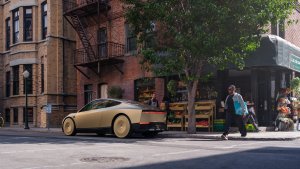
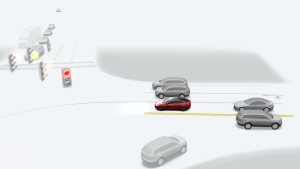
![Tesla Launches 'TeslaVision' Contest With Big Prizes — See Last Year’s Winner [VIDEO]](https://www.notateslaapp.com/img/containers/article_images/2025/tesla-vision.webp/0458df1c6ed085c427608f0cf762de64/tesla-vision.jpg)
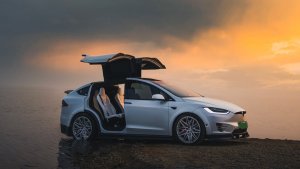
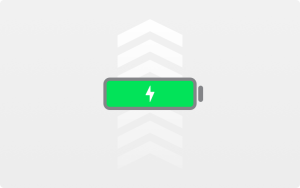
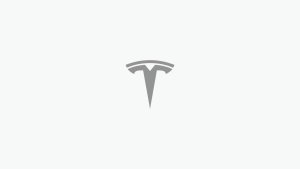
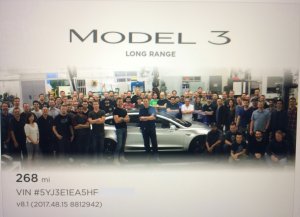
![Tesla Officially Unveils New Model S and Model X: All the Changes [Photos]](https://www.notateslaapp.com/img/containers/article_images/2025/refresh_s_x_1.jpg/31a01e933ae496b97965b27db360f11b/refresh_s_x_1.jpg)

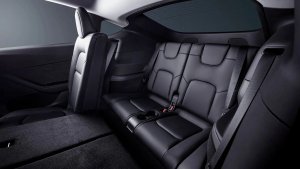
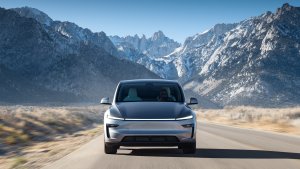
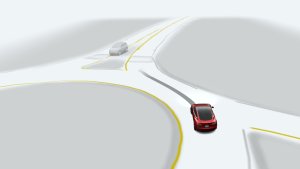
![Driverless Tesla Robotaxi Spotted on Camera in Austin [VIDEO]](https://www.notateslaapp.com/img/containers/article_images/robotaxi/robotaxi-public.webp/5ffd9ed0c2c7f9dbfee05decb1c19a2f/robotaxi-public.jpg)
